
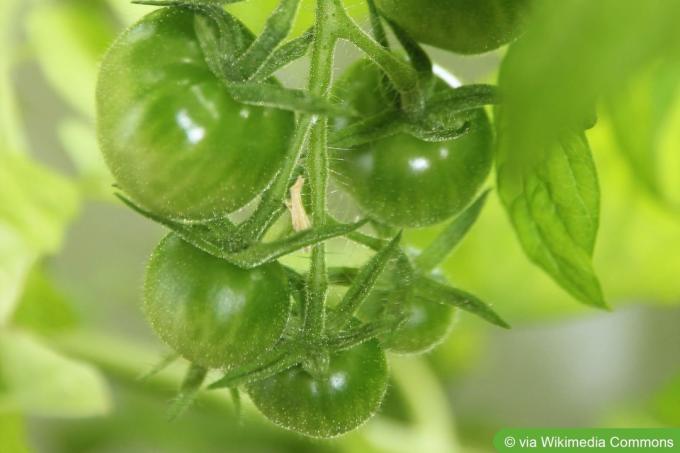
Table of contents
- General information about the "Mexican honey tomato"
- Peculiarities of the fruit
- Brief information on care
- frequently asked Questions
With the "Mexican honey tomato", hobby gardeners can bring a particularly sweet tomato variety into their garden. Due to its low acidity, it is one of the most popular sweet tomatoes and at the same time very easy to care for.
General information about the "Mexican honey tomato"
As the name suggests, this early variety probably originated in warm Mexico. The sweet tomato also thrives in this country – both outdoors and in the garden on the balcony. With proper care, it forms masses of fruits that taste great at full length.
- Synonyms: Sugar grape, Miel du Mexique
- Origin: probably Mexico
- Growth height: up to 250 cm
- Growth form: stick tomato
Peculiarities of the fruit
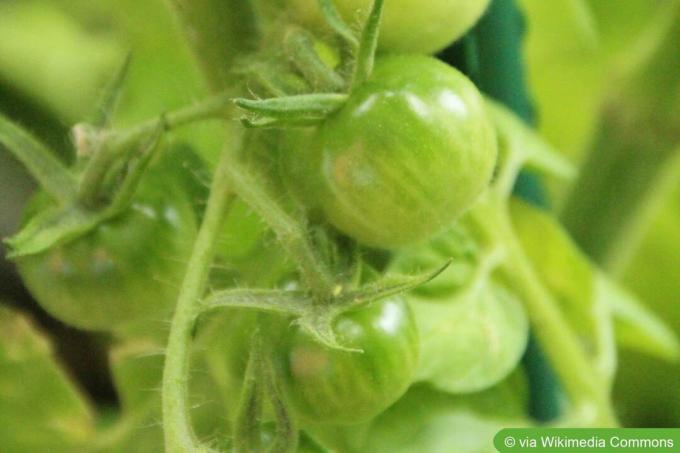
The fruits of the "Mexican honey tomato" are typical cocktail tomatoes and accordingly small and spherical. On the other hand, their taste is particularly intense, because the tomatoes are extremely sweet, which is why they are also very popular with children. The fruits are the perfect sweet tomatoes, but can also be processed further without any problems. With proper care, the fruits grow in masses, which is why it is definitely worth covering them preserve.
- Fruit color: red
- Fruit weight: approx. 30 grams
- Fruit size: 3 to 4 cm
- Taste: fruity-sweet
- Flesh: very soft
Since the "Mexican honey tomato" is a seed-resistant variety, it can easily be propagated from its own seeds. If stored properly, these can be kept for several years and also retain their germination capacity over this period. Who the honey tomato propagate by seeds If you want, you can choose from different methods. However, the following method has proven to be the easiest:
- Wash and halve tomatoes
- Remove the seeds from the pulp and let them dry
- Seeds should be as single as possible
- place in a warm, airy place
- Temperature 25 to 30 degrees Celsius

Tip:
In order to keep the seeds germinating for as long as possible, you should store the seeds in a dry and dark place and at temperatures between 2 and 12 degrees.
Brief information on care
The "Mexican honey tomato" is a stick tomato, but you don't necessarily have to exhaust. Because the popular tomato variety can easily grow multiple shoots. However, it is advisable to put up a rain cover, because the honey tomato is considered to be very robust, but its fruits tend to burst open in heavy rain.
- Sowing: February/March
- Germination time: 1 to 2 weeks
- exhaust: not absolutely necessary
- Harvest: July to October
The tomato variety can easily be grown with multiple shoots. It then grows in width rather than in height, but it also bears fruit on the many shoots.

Tip:
However, the shoots should be supported accordingly, with tomato sticks being particularly suitable for this. The shoots can simply be tied to this with a cord.
frequently asked Questions
Most tomato varieties are very sensitive to moisture and should therefore only be protected. Who can, grows tomatoes best in a greenhouse. A rain cover is essential for outdoor cultivation. Tomato houses, for example, can be easily built by yourself. Tomato hoods have proven effective in protecting individual tomato plants. When the weather is bad, you simply pull these foils over the plants.
The fact that tomato plants like to grow in width should be taken into account when planning the planting distance. We recommend planting about two plants per square meter. For tub specimens, you should only choose sufficiently large planters (min. 20 liters) so that the tomatoes get the nutrients they need.
 Mirko
Mirko
Learn more about tomatoes
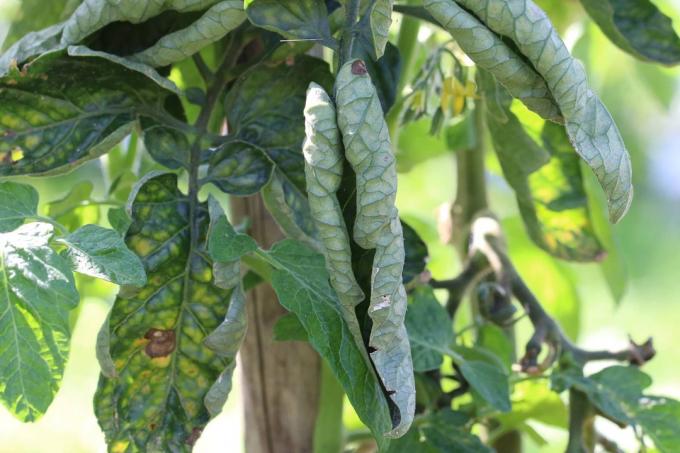
Tomato leaves curl: what to do?
There are many causes of curled leaves on tomato plants. Some are harmless, others can ruin crops. So waiting is not an option. Like a detective, you must search for clues. And then, if feasible, tailor-made countermeasures. Here's what to do when tomato leaves curl.
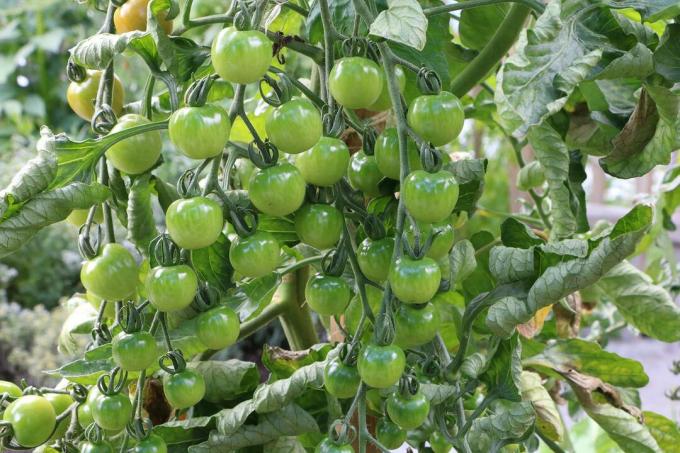
Fertilize tomatoes: how often, when and with what?
Tomatoes need a consistently high amount of nutrients for the development of flowers and fruits. In addition to choosing the right fertilizer, the amount and frequency also play an important role. All essential information for an optimal dosage can be found here.
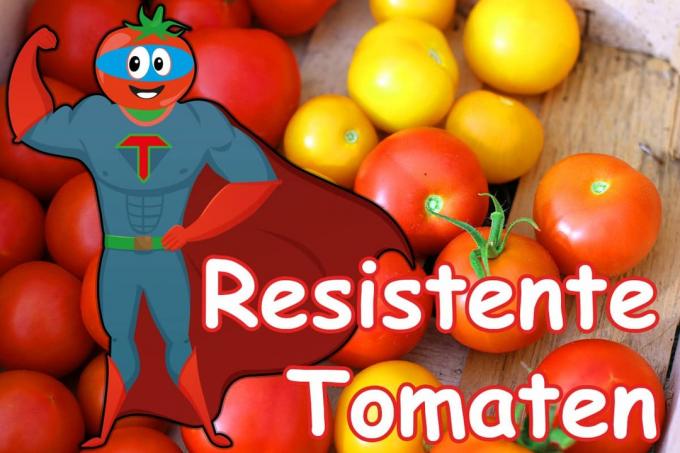
11 resistant tomato varieties defy rain and disease
Tomatoes are considered to be relatively easy to care for, but rain and numerous diseases can bother them. Fortunately, there are numerous tomato varieties that are resistant to many dreaded tomato diseases. We present the most popular specimens in this article.
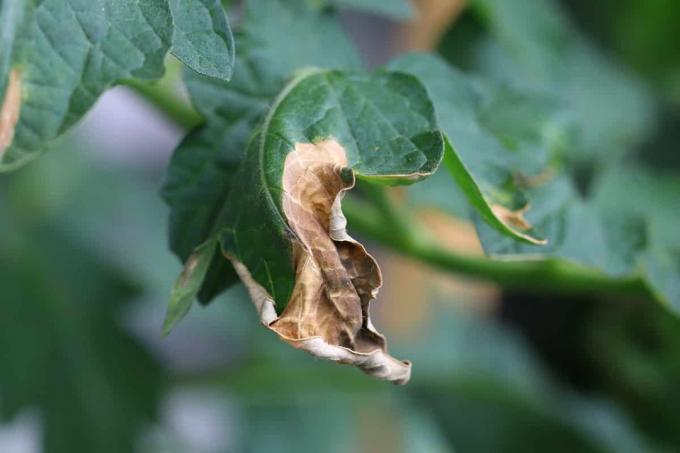
Control late blight and late blight in tomatoes
If pathogens of brown blight and late blight have settled on tomato plants, there is little hope of successful control. Home remedies and mechanical interventions only make sense in the early stages. It is all the more important that you prevent infections in a targeted manner through care measures.

How healthy are tomatoes? Information on calories, nutritional values & Co.
Snack healthy? The tomato makes it possible! Find out here why the red fruit should end up on the plate more often!
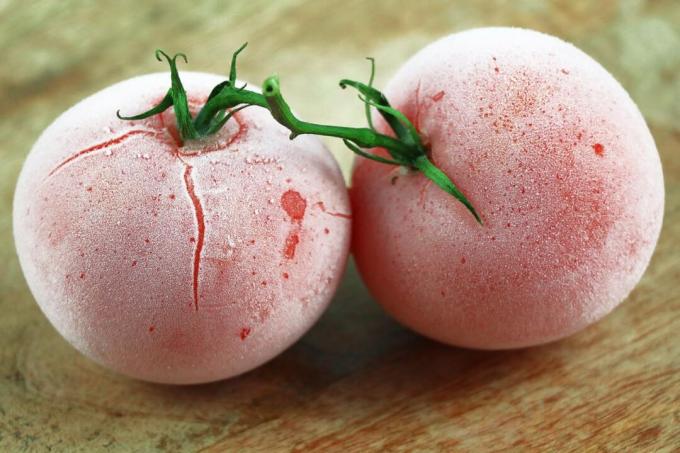
Autumn: what temperatures do tomatoes tolerate at night?
Tomatoes especially like it dry and warm in order to thrive. This means that the tomato plants can continue to ripen outside for a long time, even in a warm autumn. When the first frost comes, however, plants and fruits must be protected.



